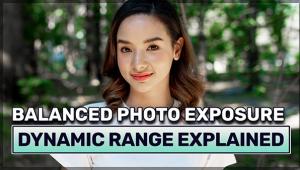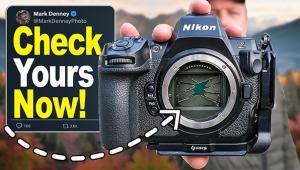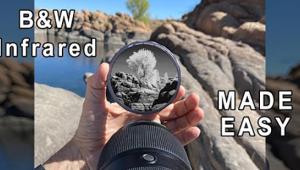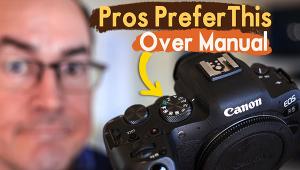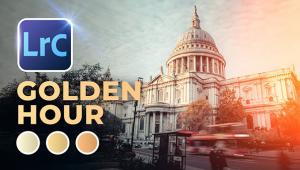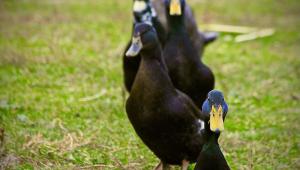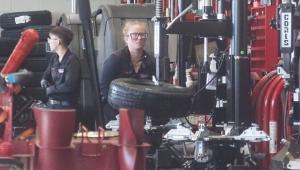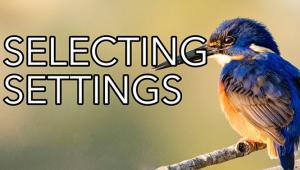Should You Shoot in B&W or Convert Color Photos to Monochrome? (VIDEO)

It's a simple fact that some photos look more powerful in b&w, whether you're shooting landscapes, cityscapes, portraits, or other high-contrast scenes. And all modern digital cameras have a setting that enables you to do that directly.
But here's the common question: Is it better to get the job done in-camera, or by converting color files to monochrome during post processing? There are several important considerations to understand, and you'll learn what they are in the three-minute tutorial below.
Instructor Dave Charlton explores what happens when the camera is set to b&w and how image quality is affected. Then he explains why the answer to the above question depends upon whether you're shooting in Raw or Jpeg. These are just some of the factors to consider before you start taking pictures.
Charlton begins with this: "If you are shooting in Raw, all the color details are still stored with the image itself." This means that if you shoot b&w in the camera using the Raw format mode you can always revert back to color after examining the photo on your computer. That's because what you see is simply a "black-and-white visualization."
Shooting Jpegs with the camera in monochrome mode is where things get tricky, because what happens is permanent after the camera makes the conversion from color to b&w. In other words, you're stuck with what you have and there's no way to revert back to color.
At this point there's another important question; namely, are you willing to go into your photo-editing app and tinker with post-processing techniques that enable you to make b&w conversions? If so, Charlton suggests shooting Raw files in color so all these tones are preserved. That way, "you can always go back."
On the other hand, if you really don't care about color, Carlton says it's OK to go head and shoot b&w Jpegs directly in your camera. There are more quick-and-easy tutorials like this one on Charlton's instructional YouTube channel, so be sure to take a look.
We also recommend watching a tutorial we featured recently with another expert instructor who demonstrates how introducing a simple vignette during post processing can make all sorts of photographs far more compelling by guiding a viewer's eyes to the key element of a scene.
- Log in or register to post comments
